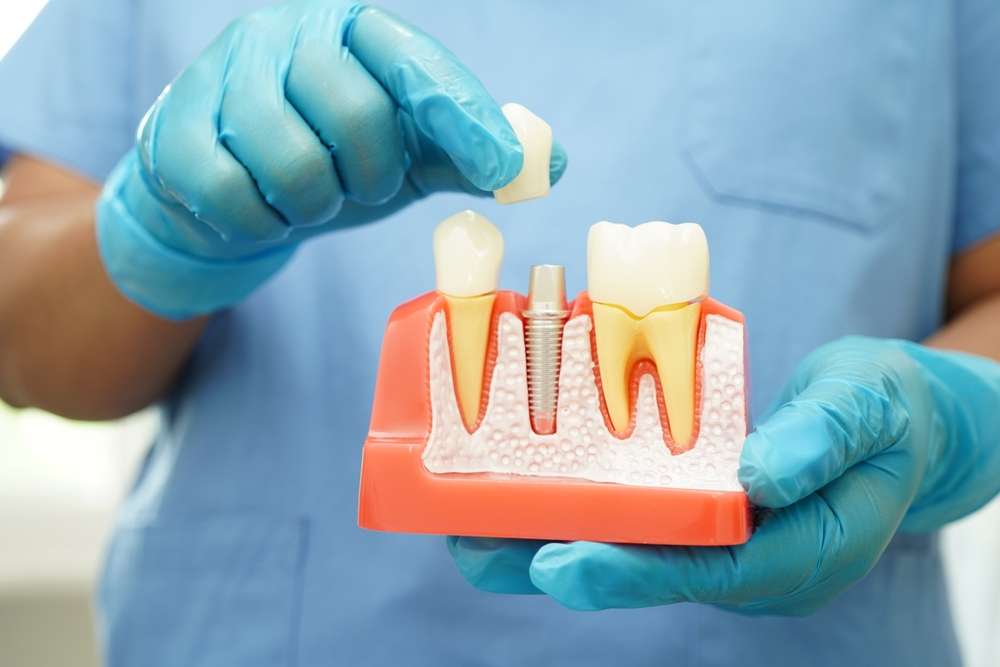Curious About Screwless Dental Implants? Here’s What You Need to Know
Screwless dental implants represent an innovative approach to tooth replacement that has gained attention in recent years. Unlike traditional implants that rely on screws to secure the artificial tooth to the implant post, screwless systems use alternative attachment methods such as cement or friction-fit connections. This technology aims to address some of the limitations associated with conventional screw-retained implants while providing patients with a reliable solution for missing teeth. Understanding the differences between these approaches can help you make informed decisions about your dental care options.

How do screwless implants differ from traditional implants?
The primary distinction between screwless and traditional implants lies in the attachment mechanism used to connect the crown to the implant fixture. Traditional implants typically use a small screw that passes through the crown and into the implant post, creating a mechanical connection that can be reversed if necessary. Screwless implants, on the other hand, employ cement-retained or press-fit systems where the crown is bonded or locked onto the abutment without requiring a screw access hole.
This fundamental difference affects several aspects of the treatment process. Screwless systems often allow for better aesthetics since there’s no screw access hole that needs to be filled and potentially visible. The absence of screws can also reduce the risk of mechanical complications such as screw loosening or fracture, which occasionally occur with traditional implants. However, screwless implants may be more challenging to remove or adjust if future modifications become necessary.
Screwless vs traditional dental implants
When comparing these two approaches, each system offers distinct advantages and considerations. Traditional screw-retained implants provide excellent retrievability, making them easier to service or replace if complications arise. The screw mechanism allows dentists to remove the crown without damaging the implant or surrounding structures, which can be valuable for maintenance or upgrades.
Screwless implants often excel in aesthetic outcomes, particularly in the front teeth where appearance is crucial. Without screw access holes, these restorations can achieve more natural-looking results. They also tend to have fewer mechanical components, potentially reducing the points of failure in the system. The cement or friction-fit retention can provide excellent stability and resistance to loosening over time.
However, screwless systems may present challenges in terms of retrievability and long-term maintenance. If problems develop or adjustments are needed, removing a cemented crown typically requires cutting it off, potentially damaging the restoration. This consideration becomes important when weighing long-term treatment planning and potential future needs.
Cost of screwless implants in USA
The cost of screwless dental implants in the United States varies significantly based on several factors including geographic location, provider expertise, and specific treatment requirements. Generally, screwless implant procedures fall within a similar price range as traditional implants, with some variation depending on the specific system and materials used.
Patients can typically expect to invest between $3,000 to $6,000 per implant for a complete screwless implant restoration, including the implant fixture, abutment, and crown. This range reflects variations in treatment complexity, material choices, and regional cost differences across different areas of the country.
| Provider Type | Service Offered | Cost Estimation |
|---|---|---|
| General Dentist | Single Screwless Implant | $3,000 - $4,500 |
| Periodontist | Single Screwless Implant | $4,000 - $5,500 |
| Oral Surgeon | Single Screwless Implant | $3,500 - $5,000 |
| Prosthodontist | Single Screwless Implant | $4,500 - $6,000 |
Prices, rates, or cost estimates mentioned in this article are based on the latest available information but may change over time. Independent research is advised before making financial decisions.
Comparing screwless implant choices in the USA
Several manufacturers offer screwless implant systems in the United States market, each with unique features and benefits. Leading systems include cement-retained options from established companies like Straumann, Nobel Biocare, and Zimmer Biomet. These systems have demonstrated clinical success and offer different approaches to achieving screwless retention.
When comparing options, factors to consider include the implant surface characteristics, abutment design, and the specific retention mechanism employed. Some systems use specialized cements designed for long-term retention while maintaining some retrievability, while others employ mechanical friction-fit designs that lock the components together without cement.
The choice of system often depends on the specific clinical situation, patient preferences, and the treating dentist’s experience with particular platforms. Geographic availability and local support from manufacturers can also influence system selection in different regions of the country.
Factors affecting the total cost and Long-term value considerations
Multiple variables influence the overall investment required for screwless implant treatment. The complexity of the case, need for additional procedures such as bone grafting or soft tissue management, and the specific materials selected all impact final costs. Geographic location plays a significant role, with urban areas typically commanding higher fees than rural regions.
Long-term value considerations include the durability and maintenance requirements of screwless systems. While initial costs may be comparable to traditional implants, the potential challenges associated with future serviceability should factor into the decision-making process. Some patients may find the aesthetic advantages and reduced mechanical complications worth the trade-off in retrievability.
Insurance coverage varies significantly for implant procedures, with some plans providing partial coverage while others exclude implant treatment entirely. Patients should verify their specific benefits and consider financing options when planning treatment.
Understanding these various factors helps patients make informed decisions about screwless implant treatment. Consultation with qualified dental professionals can provide personalized recommendations based on individual needs, preferences, and long-term oral health goals. The technology continues to evolve, potentially offering improved solutions and expanded treatment options in the future.
This article is for informational purposes only and should not be considered medical advice. Please consult a qualified healthcare professional for personalized guidance and treatment.




